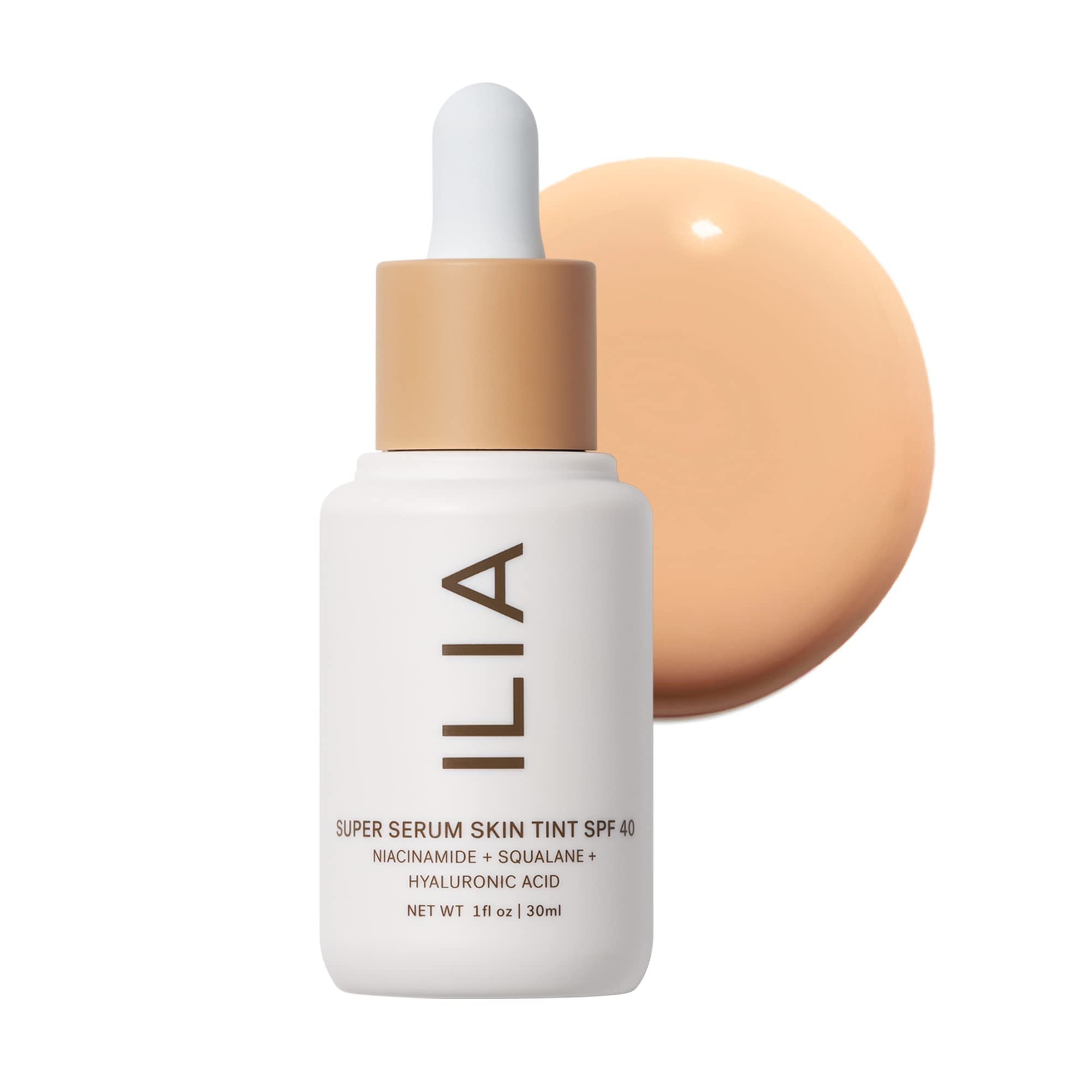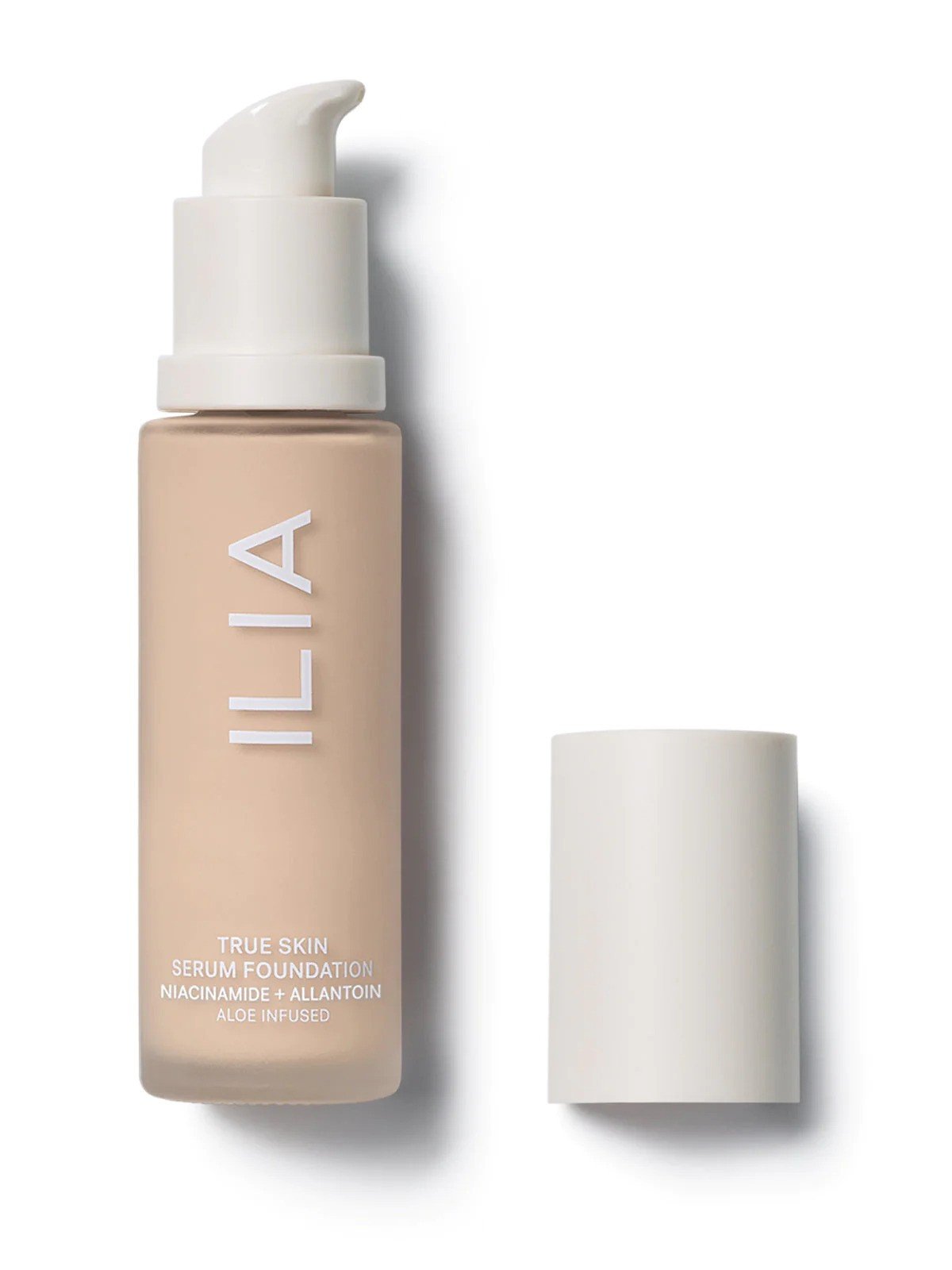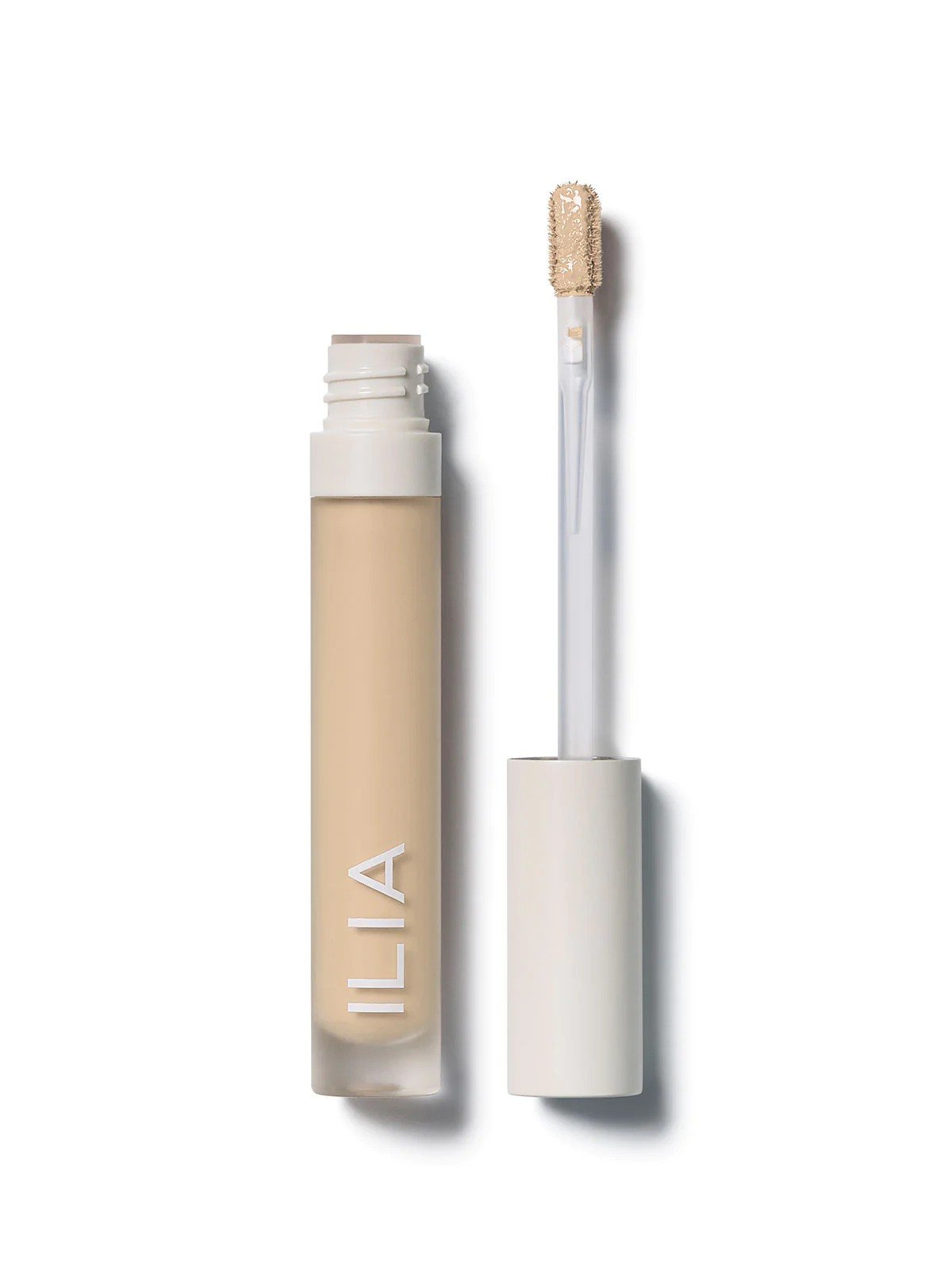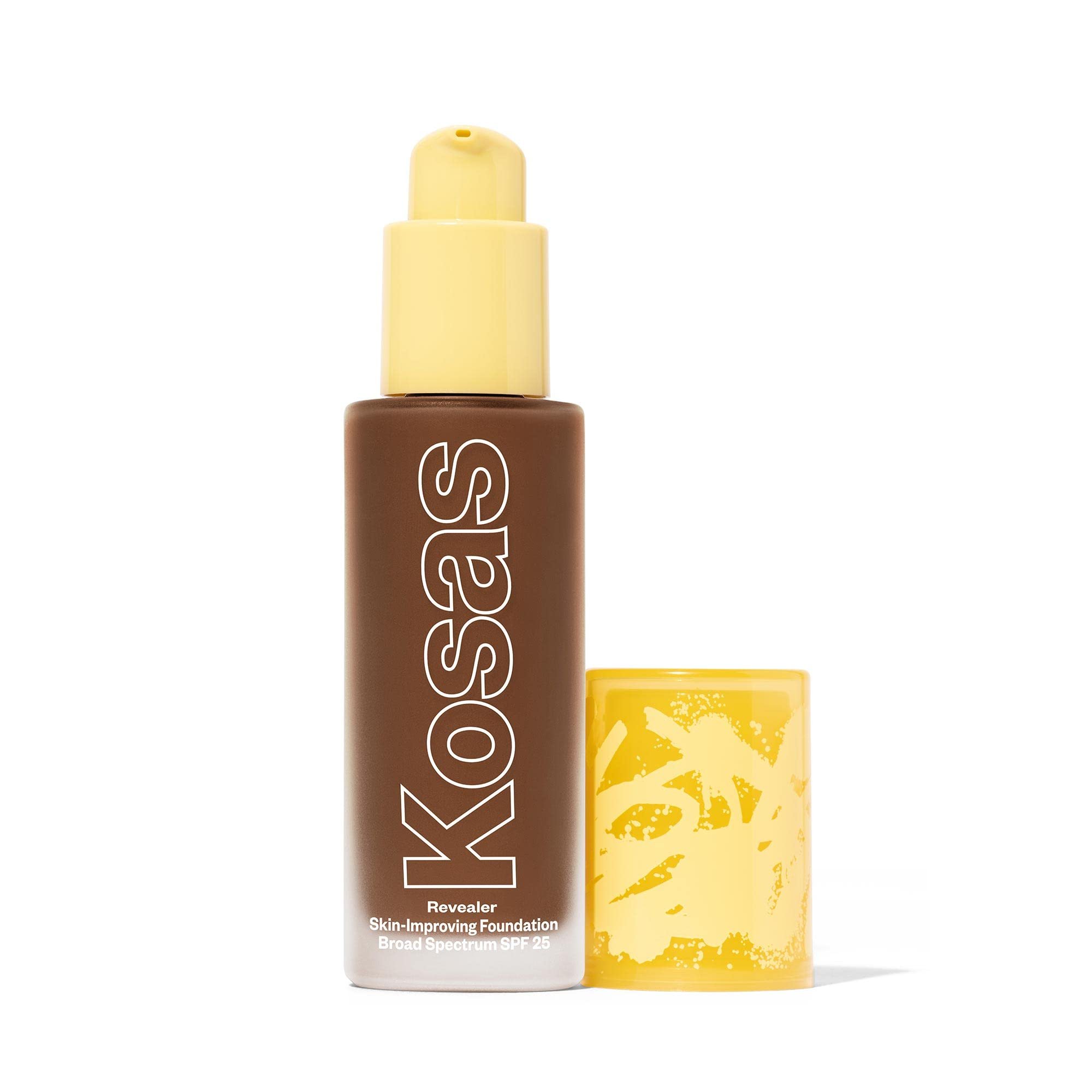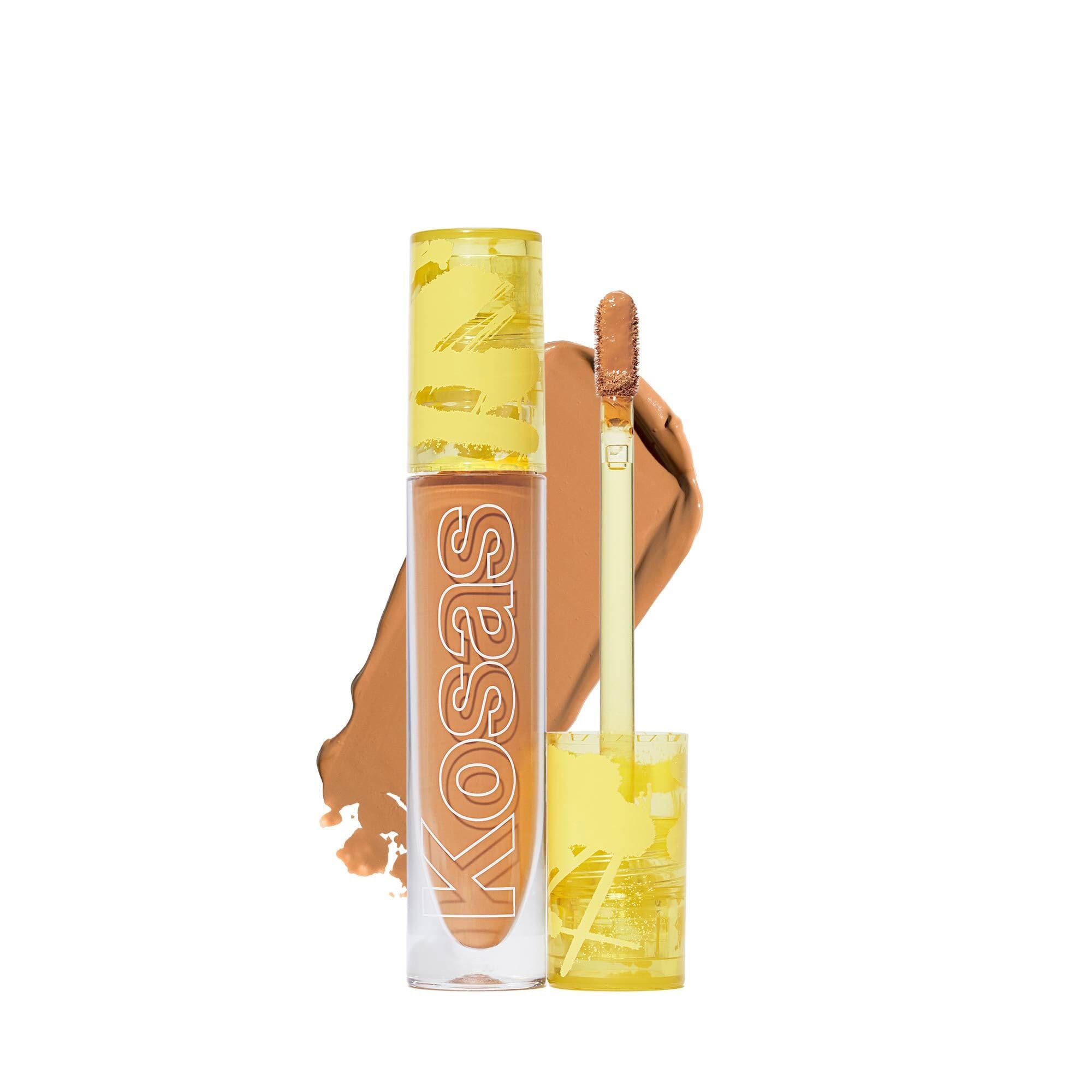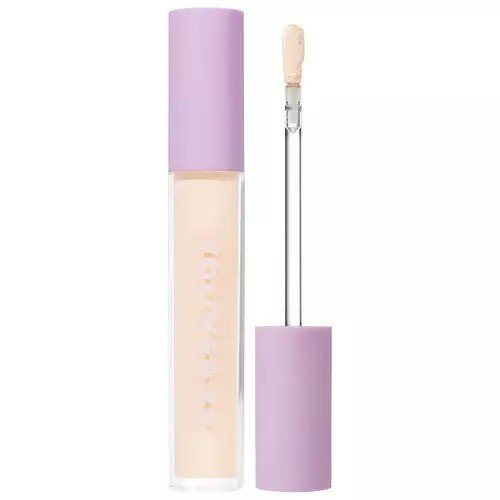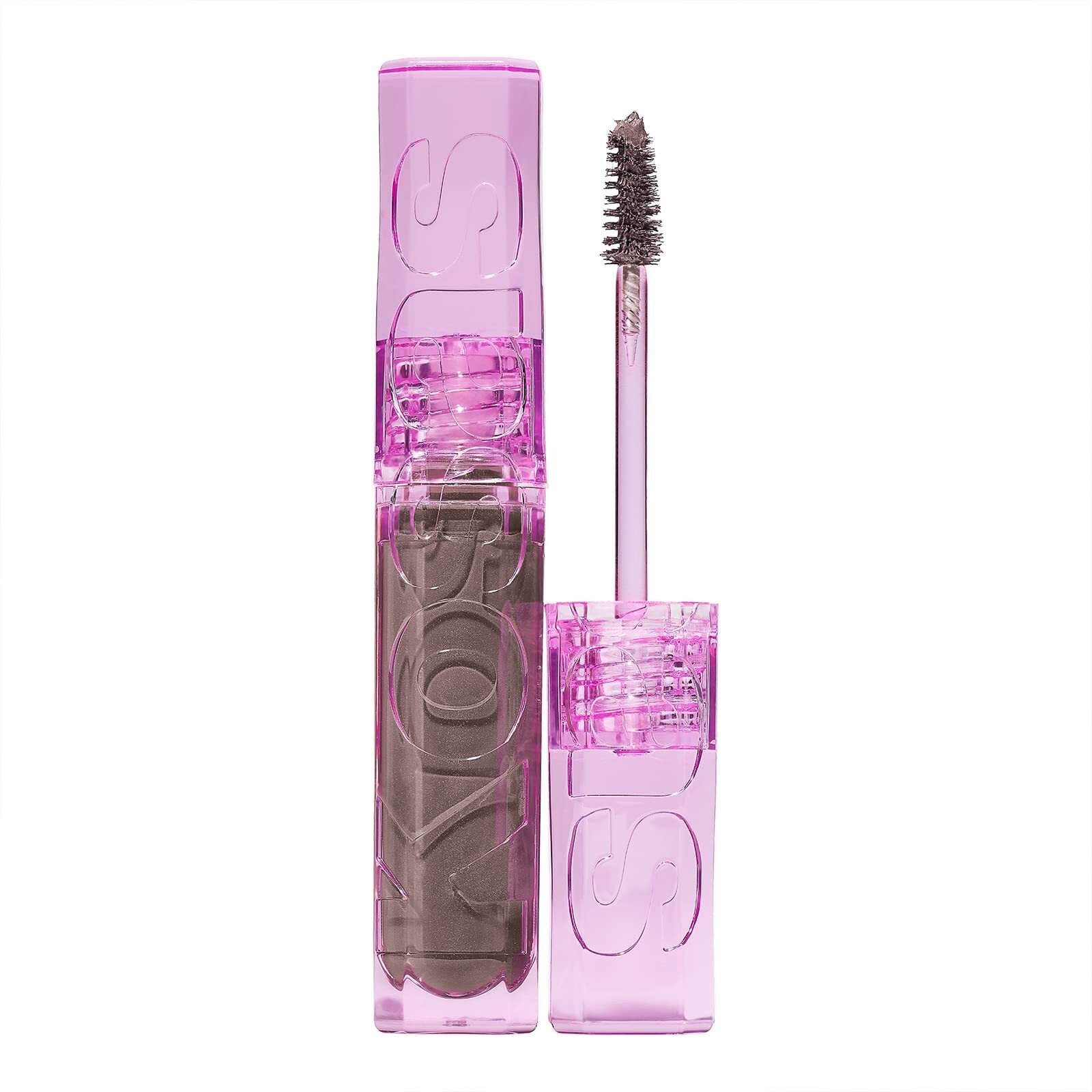Sephora
*Originally posted August 2023, updated April 2025.
Products labeled “Clean at Sephora" might seem safe, but in reality, there are potentially harmful ingredients allowed in products with this seal.
The Clean at Sephora program was launched in 2018 and said to include products formulated without certain common cosmetic ingredients that are linked to possible health concerns (such as parabens, sulfates SLS and SLES, phthalates, formaldehyde and others). While Sephora indicates that all products bearing the “Clean at Sephora” seal are formulated without toxins, there are allowances for certain potentially harmful ingredients. For example, phenoxyethanol is on the restricted list but is allowed in products when it is less than 1% of the formula. Phenoxyethanol is used a preservative and can have carcinogenic byproducts. It is most commonly used at low percentages.
Cumulative exposure needs to be taken into consideration since many everyday products contain potentially harmful ingredients.
Not Clean But Legal
There is no legal definition for "clean," so it's important to vet the full ingredient list instead of simply shopping from the clean section of stores.
“Clean at Sephora” Lawsuit
A class action lawsuit was filed against Sephora in November of 2023, alleging that products advertised as part of the “Clean at Sephora” program contain ingredients that do not align with consumers’ perception of the term ‘clean’.
The case was dismissed in early 2024 as the court stated that currently there are “varying definitions of clean beauty”. This lawsuit is another demonstration of the subjectivity of the term ‘clean’ due to the lack of regulations and legal definitions for terms like ‘clean’ and ‘non-toxic’. There are no clear regulatory guidelines for what constitutes a ‘clean’ beauty product.
Following the dismissal of the “Clean at Sephora” class action, Sephora expanded their restricted list, but it still remains an unreliable indicator of truly clean products. Here are examples of potentially harmful ingredients added to the restricted list post-class action:
BHT - Butylated hydroxytoluene (BHT) is an antioxidant and preservative used in food and cosmetics that has been associated with endocrine disruption. BHT is similar to butylated hydroxyanisole (BHA) but does not show the same carcinogenic effects.
EDTA - Ethylenediamine tetraacetic acid (EDTA) is used as a chelating agent in cosmetics and is also a penetration enhancer, meaning it will increase the penetration of other chemicals in a formula. EDTA produces genetic effects. Oral exposures to EDTA produced adverse reproductive and developmental effects in animals. There is concern for EDTA in products that may be inhaled.
Octocrylene - Octocrylene is a UV filter found to increase estrogenic effects on Michigan Cancer Foundation-7 (MCF-7) human breast cancer cell lines. Octocrylene is also associated with skin allergies, and one study found octocrylene to have neurotoxic effects.
Ingredients to Avoid from Clean at Sephora
Ingredients that are potentially harmful yet still allowed in products bearing the “Clean at Sephora” seal include the following:
Phenoxyethanol - Phenoxyethanol (ethylene glycol monophenyl ether) can be found naturally in green tea, but is created synthetically in a lab for use as a preservative in cosmetics and personal care products. Phenoxyethanol is made from the reaction of ethylene oxide, phenol and an alkali. Ethylene oxide on its own is a carcinogen, and it is associated with reproductive effects. Phenol is a toxic powder created from benzene, which is a carcinogen. Because phenoxyethanol is an ethoxylated ingredient, it can contain the carcinogenic contaminant 1,4-dioxane and residual ethylene oxide. In 2008 the FDA warned consumers not to use Mommy’s Bliss Nipple cream because it contained phenoxyethanol which is harmful to infants. The statement indicated phenoxyethanol could “depress the central nervous system and may cause vomiting and diarrhea, which can lead to dehydration in infants.” Other names include phenoxyethanol, ethylene glycol monophenyl ether, 2-phenoxyethanol, 2-hydroxyethyl phenyl ether, 2-phenoxy-ethanol, phenoxytol.
Ceteareth - Ceteareth is a polyethylene glycol (PEG) derivative that is used as a surfactant. It is made from reacting cetyl and stearyl alcohol with ethylene oxide. Because it is an ethoxylated ingredient, ceteareth can contain 1,4-dioxane and residual ethylene oxide which are carcinogenic.
Polysorbate - Polysorbates are ethoxylated ingredients that may contain the contaminants 1,4-dioxane and ethylene oxide. These contaminants are carcinogenic and associated with reproductive, developmental, and endocrine effects, as well as DNA damage.
Fragrance - Fragrance can be a mix of fragrance and chemicals which are associated with allergies, dermatitis, respiratory distress and potential effects on the reproductive system. Studies have revealed toxic ingredients in fragrance such as phthalates, octoxynols, and butylphenol methylpropianol. Additionally, fragrances emit harmful volatile organic compounds and fragrance is one the 5 common allergens found in cosmetics.
PEG - Polyethylene glycols (PEGs) are widely used in cosmetics as surfactants, emulsifiers, cleansing agents, humectants, skin conditioners, and to help retain moisture. They enhance the penetration of other ingredients. The concern of PEGs lies in the impurities 1,4-dioxane and ethylene oxide. which are carcinogenic and associated with reproductive, developmental, and endocrine effects, and DNA damage.
Avobenzone - Avobenzone is a UV filter that produces many by-products in swimming pool water, some of which are known to be toxic (chlorinated phenols and acetophenones) and many others which the toxicity is unknown. Avobenzone exhibits breakdown when exposed to UV radiation.
Octisalate - Octisalate is a chemical sunscreen that is absorbed by the body and may effect human sperm function.
Chlorphenesin - Chlorphenesin is used as a preservative in cosmetics that exhibits immunosuppressive activity.
Talc - Talc is used to absorb moisture or prevent caking, increase opacity, and smooth or soften formulas. Talc can be contaminated with asbestiform fibers. Asbestiform fibers are known carcinogens and studies have linked them to mesothelioma. Additionally, there is no safe level of exposure to asbestos. Guidelines state that talc used in the US should be free from asbestos but in October 2019, the FDA detected asbestos in a sample of Johnson & Johnson’s baby powder. Thousands of lawsuits have been filed concerning a link between ovarian cancer and talc powder. Commonly used methods for asbestos testing in talc have shortcomings. The Interagency Working Group on Asbestos in Consumer Products has made recommendations to promote reliability of the analytical methods for asbestos.
Isoceteth - Isoceteths are alkyl PEG ethers that are used as surfactants. They are made from the reaction of cetyl alcohol and ethylene oxide. Because it is an ethoxylated ingredient, isoceteth can contain 1,4-dioxane and residual ethylene oxide which are carcinogenic.
Trideceth - Trideceth is an ethoxylated ingredient that may contain impurities such as 1,4-dioxane and ethylene oxide which are carcinogenic.
Clean vs Not So Clean at Sephora
Some products with the “Clean at Sephora” seal are actually clean and others are not, even within the same brand. Below are some examples.
Actually Clean at Sephora
The following products bear the “Clean at Sephora” seal and do not contain potentially harmful ingredients. Personal favorites of mine include Ilia Limitless Lash mascara, Ilia Skin Tint, Ilia Concealer and Kosas Brow Gel.
Not So Clean at Sephora
Below are examples of products that bear the “Clean at Sephora” seal although they contain potentially harmful ingredients.
Merit- Blush
Lawless - Brow Wax
Milk - Cooling water
Saei - Super Glowy Gel
Tower 28 - Sunny Days
Ciele - Tint and Protect
Bare Minerals - Powder Foundation
Drunk Elephant - Rosi Drops, Shampoo, Intense Hydration Serum, Resurface Serum, Eye Serum, Babyfacial, Polypeptide Cream, Whipped Cream
Conclusion
The Clean at Sephora seal helps reduce exposure to toxins but is not foolproof when searching for non-toxic products.




